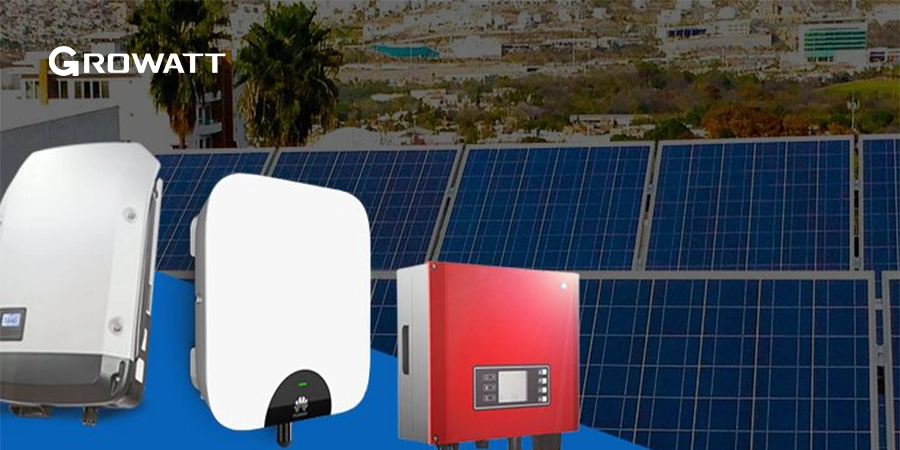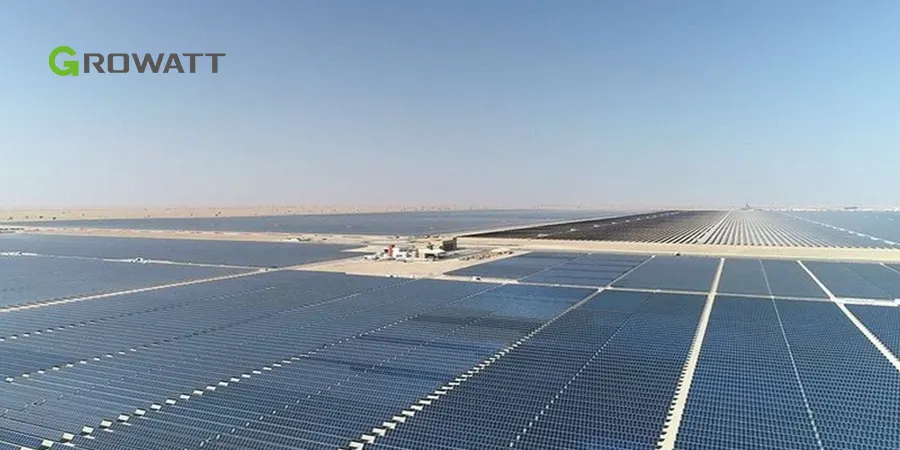Do you know how much power a solar inverter needs in general?
We are sure you have been worried about the power generated by the solar inverter panels. But what is the actual amount of power needed?
The electricity required by the solar inverter
the amount of power the inverter draws from the battery is known as idle or no lead power consumption. An average amount is drawn, and it is highly dependent on certain factors, such as the efficiency of the inverters along with the power consumption of it. For example, fan average idle power consumption for a 1000W inverter is almost 10-20, and in the same manner, for the 2000W inverter, it is around 20-40.
Similarly, one can calculate and see how much power a 3000W inverter needs. It will require around 20 Watts of power to function well. But remember that the power consumption will vary differently based on the load and the efficiency of the inverter you have.
Remember that the amount we mentioned earlier highly depends on the type of the inverter, its model, and the efficiency level. Follow the below advice to understand more about how much solar inverter power is needed.
For getting more information about Growatt off grid inverters call our professional technicians.
Advice On the Reduction of Power Consumption
- Ensure you always choose an inverter with a standby mode as well.
- Make sure the inverter you choose has a power-saving mode.
- Invest in a high-quality sine wave inverter; never regret doing so, as it will serve you for a long time.
- Choose inverters that do have a remote controller with them.
- Make sure you unplug your inverter when you are not using it.
The inverter consumes about 1.5 tons to split the AC per hour, but it can vary. To calculate the average electricity consumption, it is around 1.2-1.5 units per hour. So, if you plan to use it for 8 hours straight in a day, it will range from 9.6 to 12 units per day only.
If you are concerned about how the inverters with no lead consume power, you should know that, surprisingly, they do. It is all because the inverters produce waveforms even when they are not connected and are made larger; hence, they need even more power to start their function. To know how much power the inverter with no lead needs, you need to do the following easy calculations such as:
- Battery voltage = 1000 Watts
- Inverter = 24 V
- The current with no lead at all is 0.4 Watts
- And finally, the power that is drawn 24V× 0.4=9.6 wats
More About the Solar Inverter Power
Solar inverter or photovoltaic inverter is a power inverter that can easily convert direct current to AC. Returning to the solar inverter power needs, it is around 10-25 W, and its efficiency can even be improved and made better via electronic techniques, known as maximum PowerPoint tracking.
There are inverter losses as well. Such as a rate of 95-98%. The rate can even change and is not constant as it depends on other factors. Among these factors, two main ones are the effect of inverter efficiency, load, and temperature.
For more information and growatt hybrid inverter price in Dubai, our technicians are here to guide you.
The MPPT
The MPPT, or the maximum PowerPoint tracking, or the solar inverter is what we get from the possible power for the array of PV.
On the other hand, the solar inverter power supply is when the inverters require a controllable unique power source. It can be energy generation or the production and storage of electricity, just like a battery. To know how much power a solar inverter can supply, you should know that inverters usually come in different sizes, such as 50 watts right up to 50,000 watts.
There is a frequently asked question today whether solar inverter power consumption can increase. We can say that the electricity supply can increase due to a continuous power outage. The inverter we use has four hours of extra energy to charge the batteries, which is reusable when there is a complete power cut.
Looking at this question, technically, we can answer and say that the usage of the electricity by the inverter will have an increased rate on your electricity bill at the end of the month, which will be noticeable.
Though you can use your solar inverter all day, it is advised not to overload it and ensure you keep an array of around 25% under control for safety and better functioning.
Now that we have concluded the topic, the Growatt company in Dubai provides the best solar inverters and panels. If you have any interesting questions or queries, you can quickly contact them, and the experts in the team will guide you thoroughly. You can even buy growatt inverter in Dubai and enjoy the extended services it has to provide.




